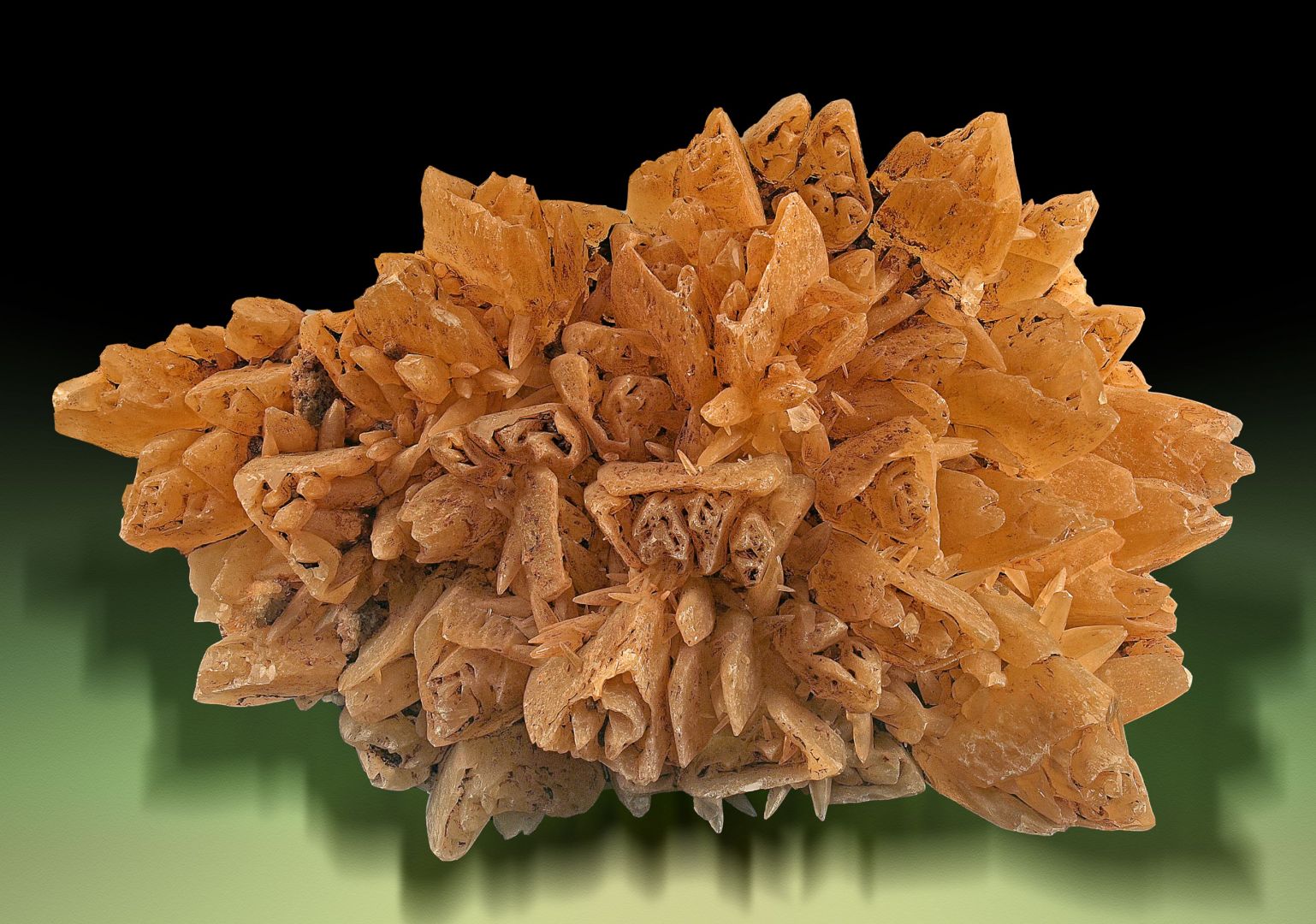MINERALS OF THE CARPATHIANS - 2. view / Aggtelek-Rudabánya, Bükk and Uppony Mountains
Land of caves, the Aggtelek Karst
In the area of the Aggtelek Karst, due to the dissolving effect of water, many caves were formed in the Triassic (about 210-240 million years old) limestones. The largest of them is the Baradla-Domica Cave System. But water does not only dissolves limestone, calcium carbonate (CaCO3) is also deposited in the caves and smaller cavities, in the form of mostly calcite, and sometimes aragonite. Since mineral collecting in caves is strictly prohibited, these formations can be studied only locally. There are, of course, exceptions, such as the Esztramos Hill in Tornaszentandrás. Here, significant limestone mining took place between 1948 and 1996, which also affected the cave formations of the mountain. Many of these very diverse calcite formations have been saved for posterity, and some of them can be seen in the exhibition.
In the picture: Calcite, Tornaszentandrás (Hungary). Size: 21 cm. Photo by László Tóth.
